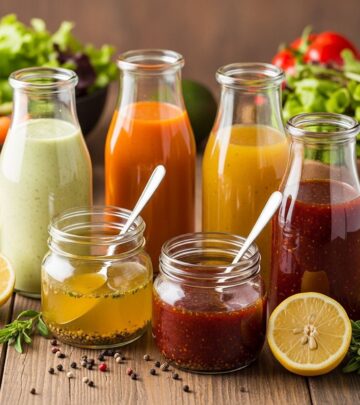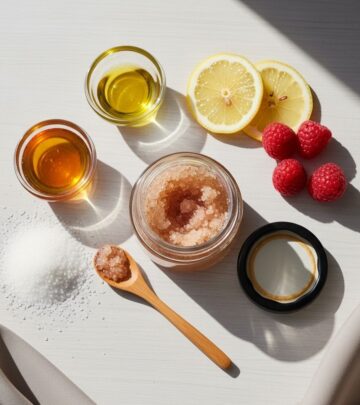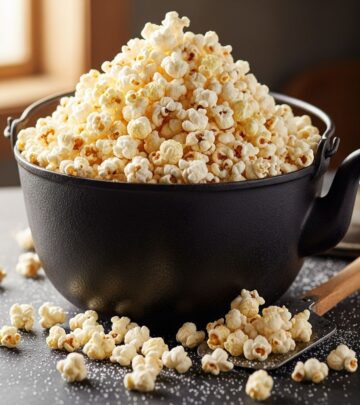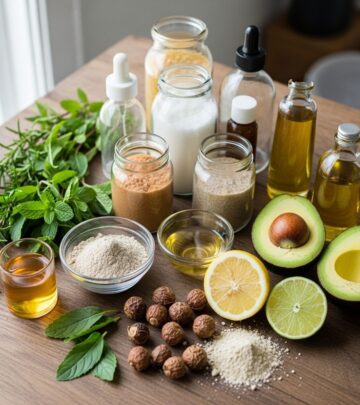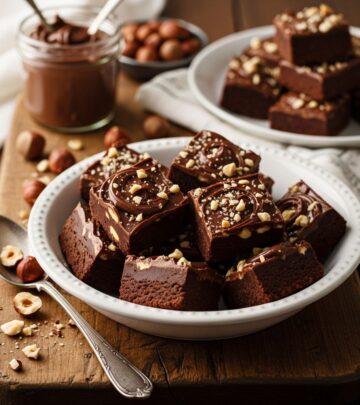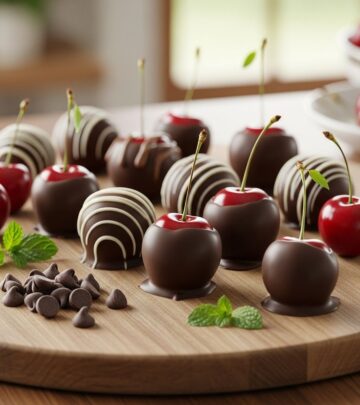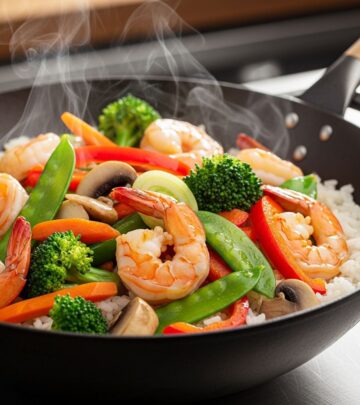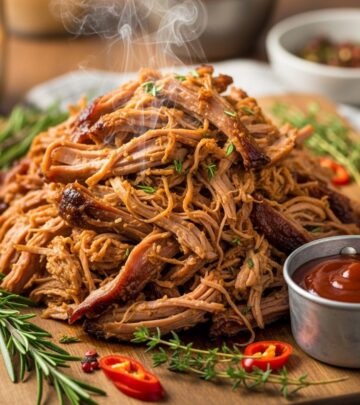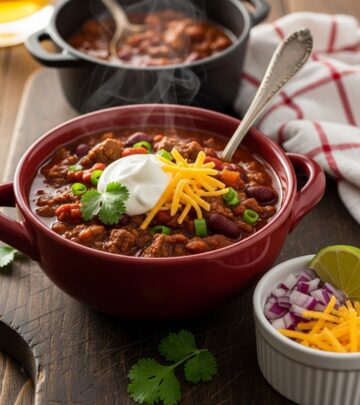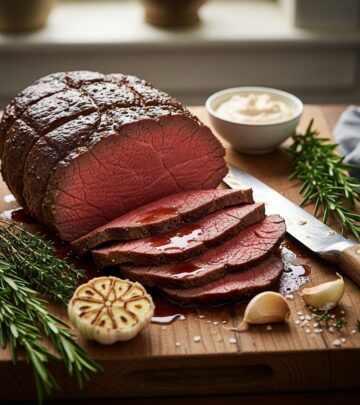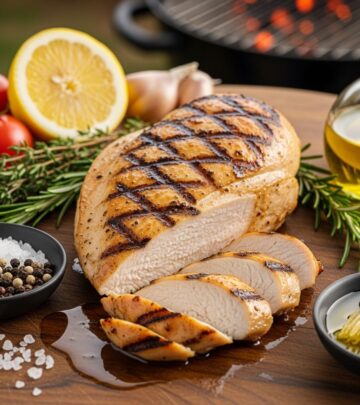Prime Rib Recipe: Chef John’s Foolproof Step-By-Step Guide
Discover the secret technique that guarantees juicy, tender beef every time you cook.
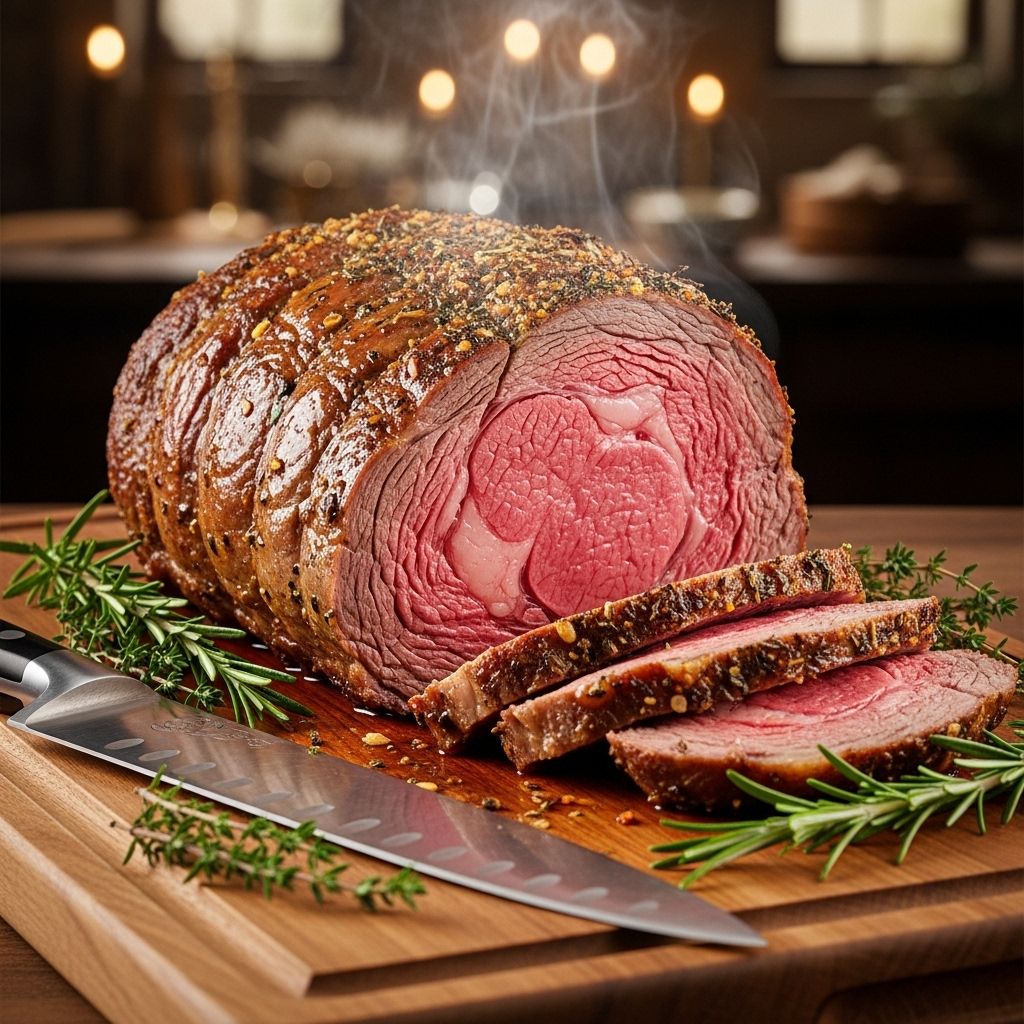
Image: HearthJunction Design Team
Chef John’s Foolproof Method for Perfect Prime Rib
If you want to impress guests and family with a juicy, melt-in-your-mouth prime rib, Chef John’s method is renowned for its simplicity and consistency. This guide unveils Chef John’s approach step-by-step, ensuring you achieve the perfect medium-rare roast every time, complete with a flavorful crust and tender, rosy interior.
Why This Prime Rib Recipe Stands Out
Chef John’s recipe is a holiday classic for several reasons:
- Easy mathematical method: Take out the guesswork with timed roasting based on your roast’s weight.
- No complicated gadgets: The method relies on oven temperature and simple seasoning.
- Perfect results every time: Achieve a beautifully pink, evenly cooked prime rib with a delicious crust.
Ingredients for Prime Rib Success
To create Chef John’s signature roast, assemble these key ingredients:
- 1 bone-in prime rib roast (about 4-7 pounds)
- 2 tablespoons kosher salt
- 2 tablespoons freshly ground black pepper
- 2 tablespoons herbes de Provence (or a mix of dried thyme, rosemary, and savory)
- Optional: 2 tablespoons olive oil or softened butter
Essential Equipment
- Large roasting pan with a rack
- Meat thermometer (instant-read preferred)
- Sharp carving knife
- Aluminum foil
Preparation: Seasoning and Resting
Proper seasoning and room-temperature rest are critical for a flavorful, evenly cooked roast:
- Dry the meat: Pat the prime rib dry with paper towels to help build a crust.
- Season generously: Rub the roast all over with salt, pepper, and herbes de Provence. If using, massage olive oil or butter over the surface to help seasoning adhere and enhance browning.
- Rest at room temperature: Allow the seasoned roast to rest uncovered on the counter for 2–4 hours. This important step takes the chill off, ensuring more even roasting.
The Mathematical Method: Chef John’s Signature Technique
The heart of Chef John’s approach is his unique roasting calculation:
- Preheat oven to 500°F (260°C).
- Multiply: Take the exact weight of your roast in pounds and multiply by 5. This gives you the total high-heat roasting time in minutes.
- Roast: Place the roast, rib side down, in the center of the oven for the calculated high-heat time.
- Turn off the oven: Once the timer rings, turn the oven off and DO NOT OPEN THE OVEN DOOR.
- Let sit: Leave the roast undisturbed in the (off) oven for exactly 2 hours. Do not peek—retained heat gently cooks the roast to a perfect medium-rare.
| Roast Weight (lbs) | High-Heat Time (minutes) | Resting Time (in oven, off) |
|---|---|---|
| 4 | 20 | 2 hours |
| 5 | 25 | 2 hours |
| 6 | 30 | 2 hours |
| 7 | 35 | 2 hours |
Example: For a 6-pound roast: 6 x 5 = 30 minutes at 500°F, then 2 hours with the oven off (do not open the door).
Pro Tips for Roast Perfection
- Use an accurate oven thermometer: Many ovens run hot or cool; calibrate yours if necessary for precision.
- Don’t skip resting: The 2-hour oven-off period allows gentle, even cooking and juices to redistribute.
- Resist peeking: Opening the oven forfeits heat and can jeopardize perfect results.
- Check temperature: For extra caution, use an instant-read thermometer at the end. Aim for 130–135°F (54–57°C) for medium-rare.
- Let it rest after roasting: Allow the roast to stand tented with foil for 15–20 minutes after removing from the oven for easier carving and juicier slices.
Serving Suggestions
Prime rib is the showpiece of any special meal. Pair with classic sides such as:
- Horseradish cream or au jus
- Yorkshire pudding
- Garlic mashed potatoes
- Roasted vegetables (carrots, Brussels sprouts, green beans)
- Freshly baked dinner rolls
Storing and Reheating Leftovers
- Refrigerate: Store leftover slices tightly wrapped in foil or airtight containers for up to 4 days.
- Freeze: Prime rib freezes well for up to 3 months. Slice before freezing for easier reheating.
- Reheat gently: Warm slices in a low oven (about 250°F/120°C) with a splash of broth, covered with foil, to prevent drying.
Prime Rib FAQs
Q: Can I use a boneless prime rib roast?
A: Yes, but bone-in provides extra flavor and helps regulate even cooking. The mathematical method still works for boneless roasts—simply multiply the weight by 5 for the initial roast time.
Q: My roast is bigger/smaller. Should I adjust the 2-hour resting period?
A: Regardless of weight, always use the formula for the initial roasting time. The 2-hour oven-off period is essential for doneness and should not be shortened or skipped for consistency.
Q: What if I want medium instead of medium-rare?
A: For medium, let the finished roast sit in the turned-off oven for an extra 5–10 minutes before removing. Monitor temperature closely to avoid overcooking.
Q: How do I know when prime rib is done?
A: Prime rib should register 130–135°F (54–57°C) in the center for medium-rare. Insert a thermometer from the side for the best reading.
Q: Should I sear the roast before or after using this method?
A: The high initial roasting temperature at 500°F ensures a beautiful sear, so no additional searing is necessary. The crust forms naturally during the first stage.
Q: How thick should I slice prime rib?
A: Slice to your preference, usually 1/2 to 3/4 inch thick. Use a sharp carving knife to cut along the bone for generous, juicy portions.
Expert Tips for a Memorable Prime Rib Dinner
- Order ahead: Ask your butcher for a well-marbled, center-cut roast for the most even cooking and flavor.
- Herb variations: Try adding minced garlic, onion powder, or smoked paprika to the rub for added depth.
- Rest before carving: Never skip the final 15–20 minute rest to keep juices where they belong: in the meat.
- Serve au jus: Pour warm beef drippings over each slice for extra richness.
Troubleshooting: Common Prime Rib Problems
- Roast is undercooked: If after resting the internal temp is below 125°F, return it to a 300°F (150°C) oven, checking every 5–10 minutes.
- Roast is overcooked: Serve with plenty of jus or sauce to help with moisture; slice thinly and enjoy as leftovers in sandwiches.
- Crust too dark: Ensure the roast is not placed too close to the heating element and double-check oven calibration.
A Final Word: Why You’ll Love Chef John’s Prime Rib
This technique delivers consistently stunning results regardless of your level of experience. Whether it’s a holiday meal, a celebration, or just a special Sunday dinner, Chef John’s prime rib method guarantees a roast that’s juicy, rosy-pink, and sure to be the highlight of your table.
Nutrition Information (Per Serving Estimate)
- Calories: ~450
- Protein: 35g
- Fat: 35g
- Carbohydrates: 1g
- Sodium: 650mg
Nutrition values are approximate and depend on serving size and side dishes.
Frequently Asked Questions (Recap)
- Can I use this method for other beef roasts? Yes, though thick, bone-in cuts work best for the heat-retention step.
- Is it safe to leave the roast in the oven with the heat off for 2 hours? Yes—Chef John’s calculated timing ensures food safety and perfect doneness.
- How do I reheat leftovers? Warm in a low oven with a splash of broth or jus to prevent drying out.
Conclusion
For a prime rib that’s as visually stunning as it is delicious, Chef John’s method is the gold standard. With straightforward math, simple ingredients, and an emphasis on patience and precision, you can create a centerpiece roast worthy of any occasion. Enjoy the accolades—and the leftovers!
References
Read full bio of Shinta

